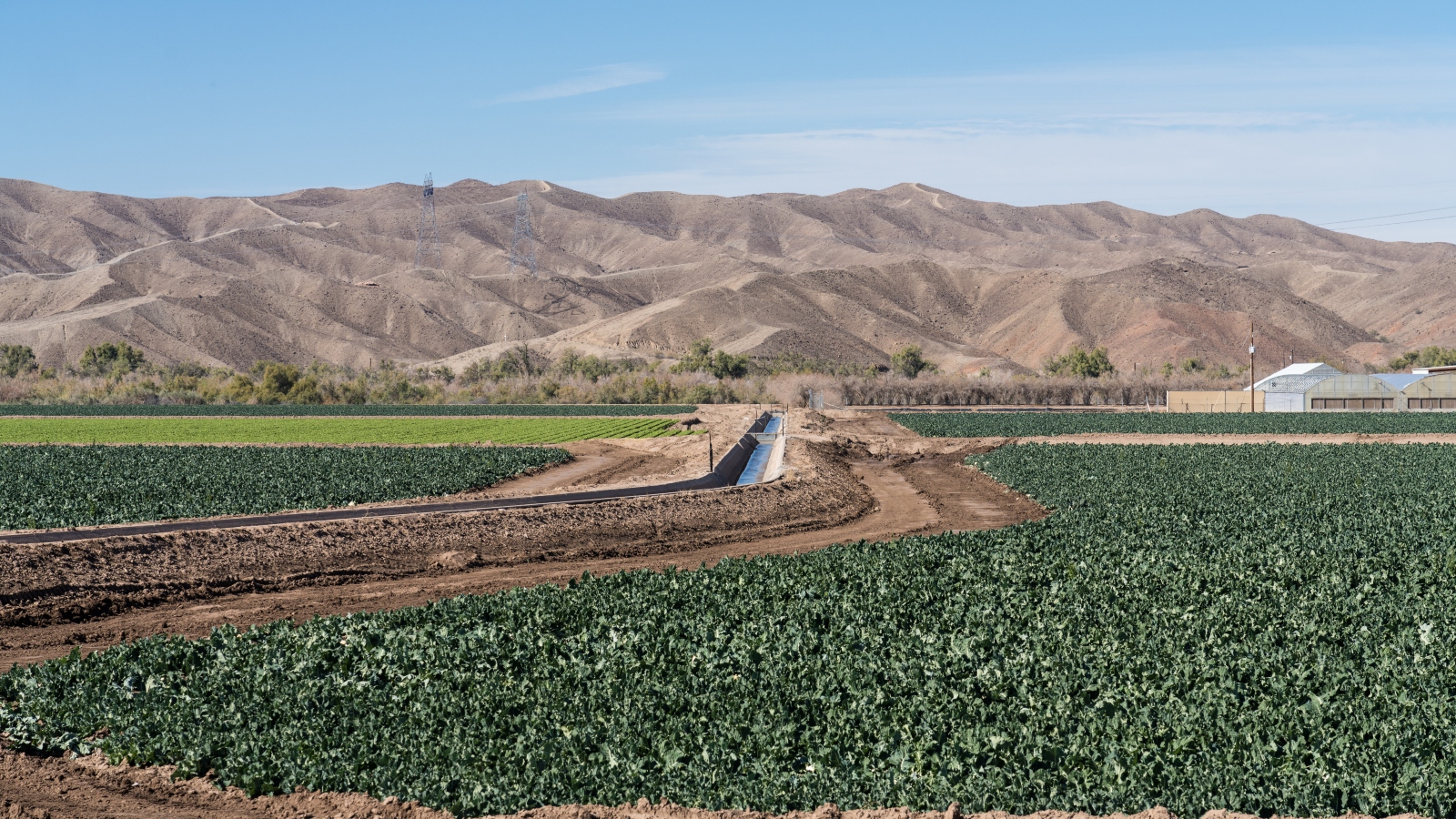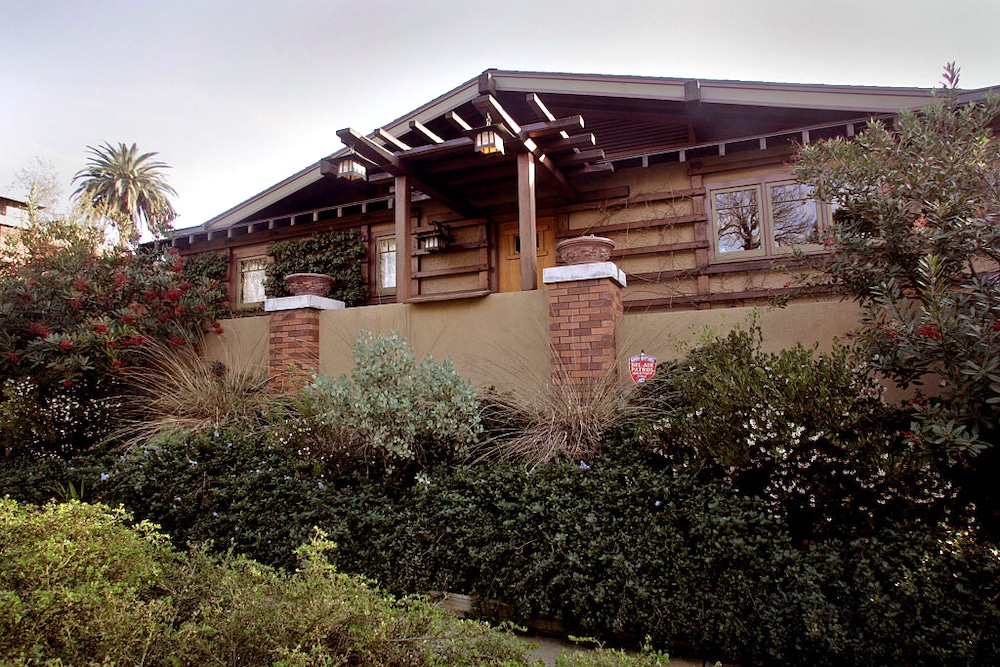This story was originally published by Inside Climate News and is reproduced here as part of the Climate Desk collaboration.
June 2023 may be remembered as the start of a big change in the climate system, with many key global indicators flashing red warning lights amid signs that some systems are tipping toward a new state from which they may not recover.
Earth’s critical reflective polar ice caps are at their lowest extent on record in the satellite era, with the sea ice around Antarctica at a record-low extent by far, spurring worried scientists to share dramatic charts of the missing ice repeatedly. In the Arctic, the month ended with the Greenland Ice Sheet experiencing one of the largest June melt events ever recorded, and with scientists reporting that June 2023 was the hottest June ever measured, breaking the 2019 record by a “staggering” 0.16 degrees Celsius.
“With the record warmth in June, 2023 as a whole is now the odds-on favorite to be the warmest year on record,” climate scientist Zeke Hausfather wrote on Twitter.
Globally, the oceans set records for warmth on the surface and down to more than 6,000 feet deep throughout the month, with temperatures so far above the norm that the conditions elicited more graphs showing the anomaly. They’ve been shared thousands of times by scientists, policymakers, and the public. And in Canada, forest areas about the size of Kentucky have burned, choking huge swaths of central and eastern North America with acrid wildfire smoke, with some of the haze even reaching Europe.
There was record-breaking heat on nearly every continent during the month, according to independent climate statistician Maximilian Herrera. Along with the deadly late June heat in Mexico and the South-central United States, extreme readings have been widespread in remote Siberia, with hundreds of daily heat records, including readings higher than 95 degrees Celsius close to the Arctic Circle. “The heat will just get worse,” he posted on Twitter.
Herrera also tracks notable regional extremes, like a historic mountain heatwave in Iran, where temperatures in late June spiked to between 100 and 120 degrees Fahrenheit at elevations between 1,500 and 5,000 feet above sea level that are normally far cooler. During the first week of July, temperatures in Iraq are forecast to breach 120 degrees Fahrenheit.
“These extraordinary extremes could be an early warning of tipping points towards different weather or sea ice or fire regimes,” said University of Exeter climate researcher Tim Lenton. “We call it ‘flickering’ when a complex system starts to briefly sample a new regime before tipping into it. Let’s hope I’m wrong on that.”
In the meantime, the tropical Pacific Ocean is shifting into the warm El Niño phase of a two- to seven-year Pacific Ocean cycle that can boost the average global temperature by 0.2 degrees Celsius, enough to stoke the planet’s fever to a dangerous new high.
“The onset of El Niño will greatly increase the likelihood of breaking temperature records and triggering more extreme heat in many parts of the world and in the ocean,” said World Meteorological Organization Secretary-General Petteri Taalas. “Early warnings and anticipatory action of extreme weather events associated with this major climate phenomenon are vital to save lives and livelihoods.”
“I expect a step change to higher global mean temperatures starting this year,” said atmospheric scientist Kevin Trenberth, a distinguished scholar at the National Center for Atmospheric Research and honorary faculty at the University of Auckland. “And next year will be the warmest on record, either 1.4 or 1.5C above pre-industrial.”
The higher of those levels is the amount to which the United Nations’ 2015 Paris Agreement aspired to limit climate change, but the continued upward trajectory of global temperatures could make that goal impossible to reach.
“I expect it then to oscillate about that value and not come down again,” he said.
The El Niño temperature nudge comes against a backdrop of record-high carbon dioxide concentrations in the atmosphere, he said, adding that the rate of increase is as high as it has ever been and continues to accelerate.
“In other words, there is no bending down of the CO2 record, as should happen with all the new actions being taken in the U.S. and elsewhere,” he said. “The problem is that China and India are accelerating their coal-fired power stations and overwhelming all other cuts.”
Antarctic sea ice decline has a cascade of impacts
The persistence of the startling Antarctic sea ice decline may be one of the most puzzling and worrisome of the recent cluster of climate extremes. Until recently, researchers expected less sudden changes in Antarctica, because it’s such a vast reservoir of coldness, and surrounded by a continual swirl of ocean currents and winds that have buffered the continent to some degree.
But at the end of June, getting into the heart of the Southern Hemisphere winter, an area of ice about the size of Texas and Alaska, nearly 1 million square miles, was missing. As the Southern Hemisphere’s winter set in, the sea ice grew more slowly than ever observed in the satellite era.
Sometimes, anomalies are just a one-time regional snapshot, but the Antarctic sea ice extent has been far below average at least since January, when Antarctic climate expert Ted Scambos, a senior scientist with Earth Science and Observation Center at the University of Colorado, Boulder, called the conditions extreme. “Frankly, we are still working to understand it,” he said.
But nearly every new study implicates human-caused warming, as measurements of winds and ocean currents show how the global temperature increase has pushed the Antarctic wind belt poleward, which also shifted relatively warmer water closer to the icy edges of the frozen continent.
Other recent research shows that the Southern Ocean encircling Antarctica and extending northward to 60 degrees south latitude, stored a disproportionately large percentage of the heat trapped in the atmosphere by greenhouse gases and then absorbed by the world’s oceans between 2005 and 2017. The study showed the Southern Ocean took up 45 to 62 percent of the heat absorbed by the world’s oceans, even though it makes up only 6.25 percent of the global ocean surface area.
In the absence of its reflective sea ice cover, the darker-colored ocean can absorb even more heat, potentially leading to earlier and more extensive melting during the next Austral summer. And as the fringe of ice around Antarctica gets smaller, warmer ocean water can more easily flow toward the floating ice shelves that buttress vast areas of inland ice that could start flowing into the sea faster to speed sea level rise.
There are also ecosystem impacts. The abundance of certain types of plankton and krill, at the base of the ocean food chain, is linked with the Antarctic sea ice. A disruption to those organisms ripples up through the ecosystem, because the feeding and breeding cycles of many other species, including seals and seabirds, is closely linked with sea ice.
A heat dome settles on North America
Climate scientist Michael Mann, director of the Center for Science, Sustainability & the Media at the University of Pennsylvania, said there is probably a global warming fingerprint on the deadly dome of stagnant, hot air that is baking large parts of Mexico, the Southwestern and central United States and Canada.
“Also playing a role in the extreme weather we’re seeing, including the (south-central U.S. heat dome and the Canadian wildfires) is what appears to be another resonance event,” he said, referencing research that shows how the warming climate favors planetary atmospheric wave patterns that “can give rise to persistent summer weather extremes. In this case, it is likely behind many of the extreme conditions we’re seeing right now in North America and Eurasia.”
Another part of the heat dome settled over Canada, where wildfires had released 160 million tons of carbon by the end of June, the highest annual total estimated emissions for Canada since satellite monitoring began in 2003, scientists with the EU’s Copernicus Atmospheric Monitoring Service reported. And there’s also new research suggesting links between vanishing ice and snow in the planet’s polar reaches and climate extremes in the mid-latitudes, where most people live.
“The pile of evidence linking a rapidly warming Arctic with extreme summer weather events continues to grow,” climate scientist Jennifer Francis wrote on Twitter on June 30, sharing a link to a new peer-reviewed study in Nature Communications that solidifies the hypothesis that changes in the Arctic can lead to a wavier jet stream that can trap heat domes in place.
In recent years, those patterns have sometimes persisted for months with only short pauses, including last summer, when a heat dome over Europe lasted several months and fueled that continent’s hottest summer on record.
Earth’s energy imbalance disrupts the climate system
At the top of the planet, scientists have been watching an extreme ocean heat wave in the North Atlantic just as carefully, because it could be a symptom of disruption to the Atlantic Meridional Overturning Circulation, a critical part of the global climate system that transports cold and warm ocean water between the poles. Sea surface temperatures about 9 degrees Fahrenheit above average in the region could also contribute to heatwaves over adjacent land areas.
Record-breaking ocean temperatures in regions around the globe are not surprising Trenberth, who specializes in analyzing deep ocean heat content, down to more than 6,000 feet below sea level, where more than 90 percent of all the heat trapped in the atmosphere by carbon pollution has been absorbed.
That heat is measured as energy rather than as a temperature value, and it’s equivalent at this point to the energy of five nuclear bombs exploding in the ocean each second, or about 100 times more energy than all the electricity produced in 2021 globally.
For Trenberth, that global energy imbalance, building steadily since the start of the fossil-fueled industrial age, is the best measure of how humans have affected the climate, because the energy balance isn’t affected by seasonal or annual variations, or by shifts in regional climate patterns.
And if the heat building that energy imbalance in the oceans was to stop, many of its impacts would rapidly decrease, even though the water is warmer.
“It is not global temperature that matters but Earth’s energy imbalance. If you have a pot of water on the stove, while heating, convection occurs,” he said. “Ultimately it boils off water as steam. But as soon as you turn off the heat source, all that behavior stops. The temperature is the same, but the heating is no more.”
This story was originally published by Grist with the headline Parts of the climate system are reaching tipping points, June extremes suggest on Jul 9, 2023.








